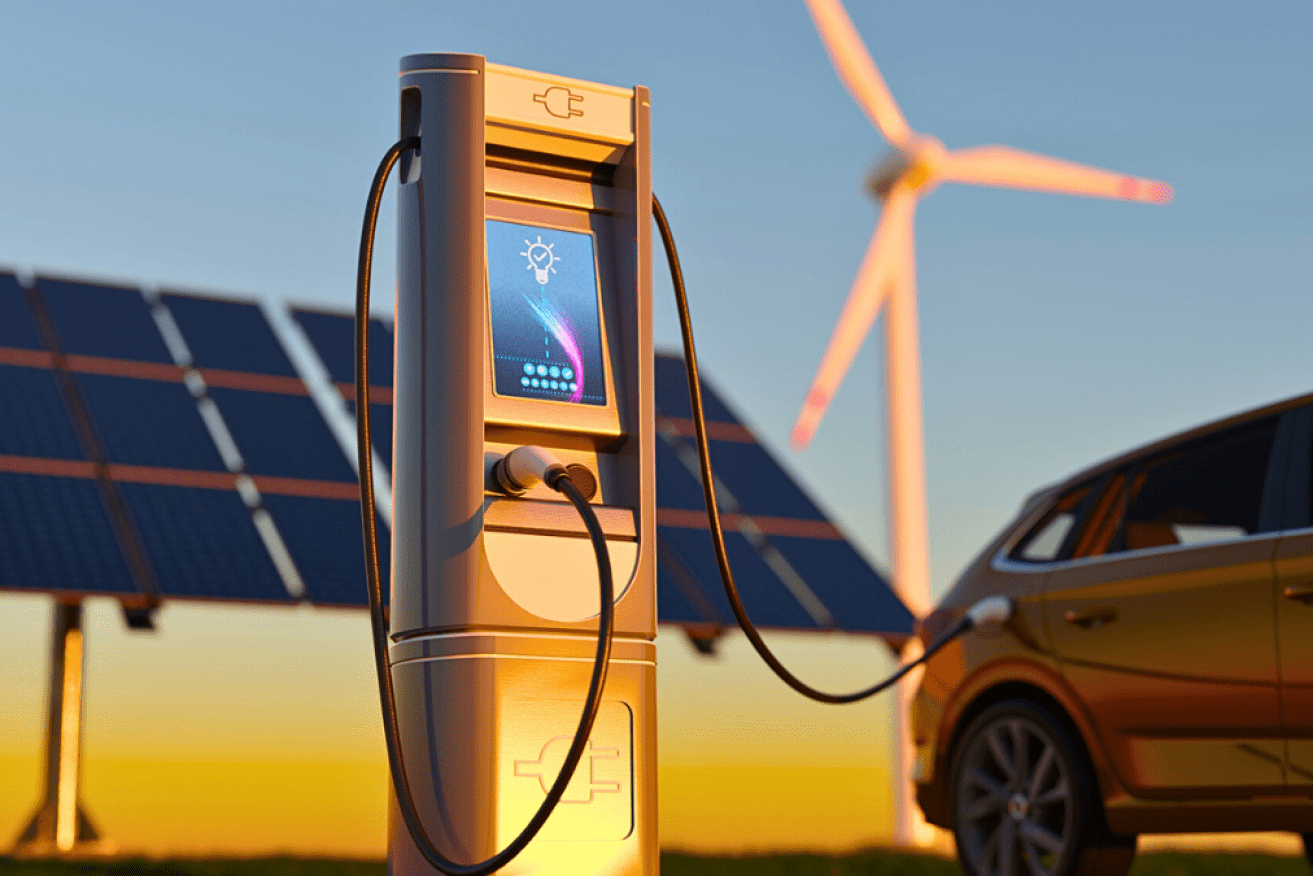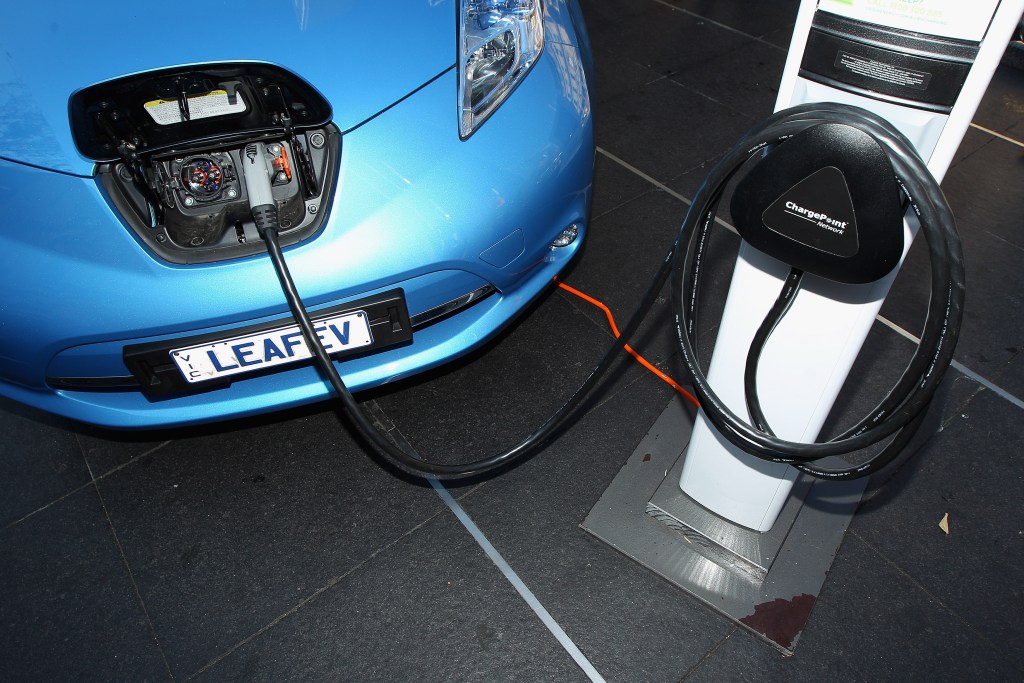Australia can achieve net-zero emissions through renewables by 2035: Report


40 per cent of Australia's energy mix is generated by renewables. Photo: Getty/TND
Australia could be generating 100 per cent of its electricity from renewable sources by 2030, according to a report that details the roadmap to achieving net zero.
The Climate Council’s Seize the Decade report has found more than 40 per cent of the energy in the Australian national grid is now sourced by renewables, but more needs to be done to mitigate climate change.
Dr Jennifer Rayner, head of advocacy at the Climate Council, said Australia has already made great progress in cutting climate pollution.
“The solutions we need are here and now, and the opportunity is to roll them out and accelerate it right across our economy,” she said.
“Fundamentally, we have the technology and we know what to do.”
Economic benefit
Current plans from the Albanese government have Australia achieving half the cuts to pollution required to mitigate climate change, but the report details how by supercharging renewable power sources Australia can become a leader in clean energy.
Nicki Hutley, an economist and Climate Councillor, said wind and solar is now cheaper than any other form of energy.
“It’s both rational from reducing climate pollution and rational from an economic perspective,” she said.
“Once you take into account the avoided costs in terms of improved health, reduced natural disasters, higher productivity, less volatility, food prices and other inflationary impact, we are talking about trillions of dollars.”
The report argues that by reducing transport pollution through shared transport, more robust public transport and electrification is also an important step in reducing emissions.
Rayner said the role of shared transport in reducing emissions is one often excluded from the conversation about addressing climate change.
“There’s been a lot of conversation about electric vehicles and they are a really important part of our future transport mix,” she said.
“If we want to cut pollution in our transport system quickly this decade, the biggest opportunities are from enabling Australians to choose shared and active transport more often.”

Electric vehicles are an important step in the transition, but shared transport will also play a major role. Photo: Getty
The future
With the technology and renewable energy sources now available, the Climate Council has argued in Seize the Decade that a 75 per cent reduction in emissions is possible by 2030, and net zero by 2035.
Rayner said the transition to renewable energy represents a chance to set up Australia for decades.
“That means not only protecting our kids from the worst impacts of climate change, but also creating the kind of clean industries that are going to keep powering Australia’s prosperity,” she said.
“We have huge opportunities that other countries don’t to make the most of our wind and solar, but this is the decade to make the decisions that are going to decide if we succeed.”
The report said Australia can generate enough renewable energy to meet energy needs by 2030, with storage and batteries keeping it reliable around the clock, if there is a serious push towards more new projects and household solar.
Hutley said the successful adoption of renewable energy over the past two years has helped dispel myths and misinformation around adoption.
“We are making so much progress on so many fronts, we just need to keep going harder and faster to make even more progress,” Hutley said.
“There are a lot of things we need to do, as the report points out, but we need to prioritise where can get the biggest bang for our buck.”








